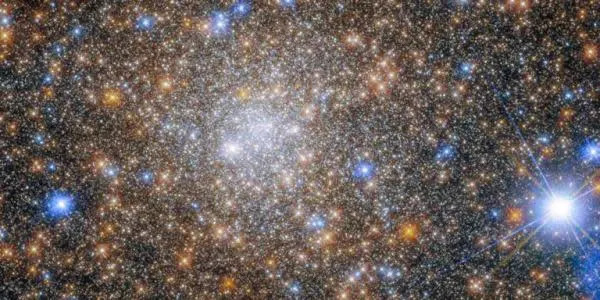The National Aeronautics and Space Administration (NASA, for its acronym in English) published an image on social networks that was taken by the Hubble Space Telescope, where “Terzan 1” is seen, a spectacular space phenomenon.
It is one of the 11 globular clusters discovered by the Turkish-Armenian astronomer Agop Terzan, between 1966 and 1971, which are located around 22 thousand light years from Earth, specifically in the constellation of Scorpio.
While Terzan 1 is not a new target for Hubble, as an image of the cluster was first published in 2015, back then taken by Hubble’s Wide Field and Planetary Camera 2 (WFPC2), the recently obtained image was really impressive.
Typical globular clusters are defined as collections of about 100,000 stars, bound together by their mutual gravitational attraction into a spherical shape a few hundred light-years across..@NASA_Hubble checks out globular cluster Terzan 1, a home for old stars 20k light-yrs away: https://t.co/5pxnwQBUTb pic.twitter.com/f9cgQb3CmU— NASA (@NASA) December 20, 2015
Scientists believe that each galaxy has a population of globular clusters, with our galaxy, the Milky Way, having a few hundred, unlike giant elliptical galaxies, which can have several thousand.
Home to some of the oldest stars in a galaxy, hence the reddish colors of the stars in this image, these phenomena are somewhat difficult to capture, so other bright blue bodies are seen, i.e. foreground stars, that are not actually part of the cluster.
It is noteworthy that like many globular clusters, Terza 1 is a source of X-rays, which may come from binary star systems containing a dense neutron star and a normal star.
Let us remember that the neutron star drags material from the companion star, causing a burst of X-ray emission. Later, the system enters a resting phase in which the neutron star cools, emitting an X-ray emission with different characteristics, before enough companion material accumulates to trigger another burst.

